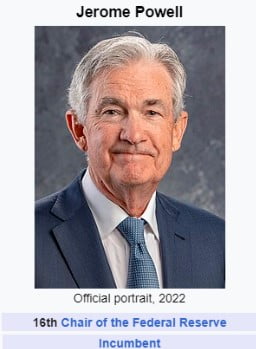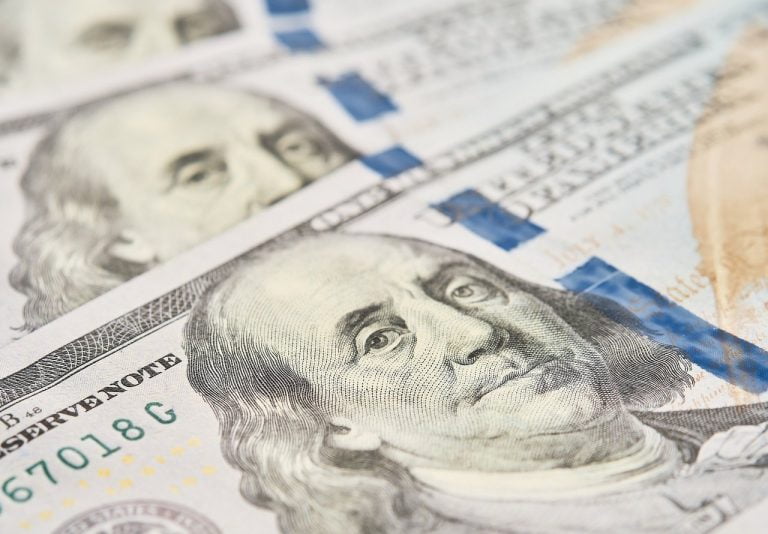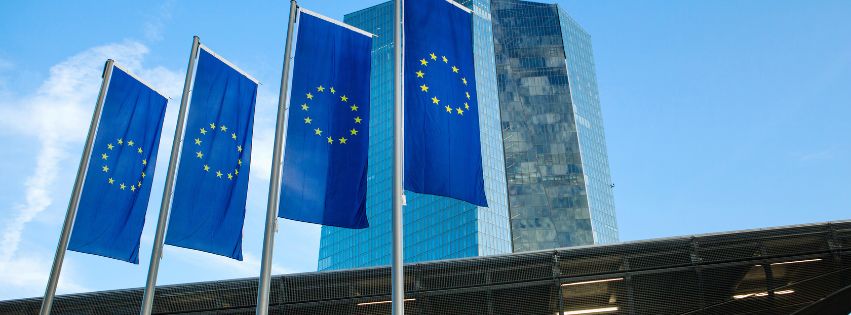The Federal Reserve (the FED), the world’s most influential central bank, is not only pivotal to the U.S. economy but also central to the global economy and financial markets. In this article, we will explore the key organizational structure and functions of the Fed, explain the basic concept of the Fed funds rate, and answer the interesting question: who owns the FED.
What is the Federal Reserve
The Federal Reserve, or the Federal Reserve System, is the central bank of the United States. Established in 1913 by an act of Congress, the Fed was originally created to enhance the stability of the banking system. Now, however, its primary goals have shifted to promoting maximum employment and stable prices in the U.S. economy.
What does the Federal Reserve do? In addition to making decisions about interest rates, the Fed performs five key functions to promote the health of the U.S. economy and the stability of the U.S. financial system:
- Conducting the nation’s monetary policy.
- Helping maintain the stability of the financial sysytem.
- Supervising and regulating financial institutions.
- Fostering payment and settlement system safety and efficiency
- promoting consumer protection and community development
FED Organization Structure
Similar to the structure of the U.S. government, the Federal Reserve consists of three key entities: the Federal Reserve Board, the 12 Federal Reserve Banks, and the Federal Open Market Committee.
1). The Federal Reseve Board (FRB)
The Federal Reserve Board serves as the governing body of the FED, overseeing the operations of the Federal Reserve System to achieve maximum employment, price stability, and fulfill other responsibilities outlined in the Federal Reserve Act.
Comprising seven members, including the Chairman, all nominees are appointed by the U.S. President and confirmed by the Senate. Members of the Board are directly accountable to Congress, representing public interests.
The Federal Reserve Board exercises control over two of the Federal Reserve’s three major monetary policy tools: the Discount Window and Reserve Requirements. The most critical tool, open market operations influencing interest rates, is determined by the Federal Open Market Committee, of which all Federal Reserve Board members are also part.
2). The 12 Federal Reserve Banks
The U.S. is geographically divided into 12 Districts, each housing a separately incorporated Reserve Bank. These 12 Federal Reserve Banks operate independently but are all supervised by the Federal Reserve Board, responsible for implementing FED policies within their respective regions.
Each District Reserve Bank is governed by a board of nine directors, divided into three classes with three directors each:
Class A Directors
Elected by member banks within the District, representing these banks.
Class B Directors
Elected by member banks within the District, representing the public.
Class C Directors
Appointed by the Federal Reserve Board, also representing the public.
From the Class C directors, the Federal Reserve Board designates the Chair and Deputy Chair. This governance structure of the District Banks ensures a balance between public interests and the interests of member banks.
3). Federal Open Market Committee (FOMC)
Although the FRB is the governing body of the FED, the Federal Open Market Committee (FOMC) is the most important institution for the global financial market. The FOMC is responsible for the monetary policy of the FED, setting the federal funds rate, which is the benchmark interest rate for the U.S. economy and the global financial world.
The FOMC comprises 12 voting members who regularly convene to discuss and decide upon the country’s monetary and interest rate policies. FOMC meetings are the most pivotal events in global financial markets, exerting long-term and far-reaching effects on the global economy and financial markets.
Chairman of the Federal Reserve

The Chairman of the Federal Reserve holds a pivotal role within the Fed and serves as the head of the Federal Reserve Board. Nominated by the U.S. President and confirmed by the Senate, the Fed Chair’s term spans four years and can be reappointed.
Jerome H. Powell is the current Chairman of the Federal Reserve. He was nominated by former President Trump in 2018 for his first term and was reappointed in 2022, commencing his second term, which will conclude in May 2026. Speeches and public remarks made by the Fed Chairman can significantly impact financial markets, as market participants interpret them to gauge the Fed’s monetary policy direction.
What is the FED Funds Rate
As America’s benchmark interest rate, the Federal Funds Rate is a core factor for the global economy and financial markets. It is the interest rate at which depository institutions lend to each other overnight, commonly known as the overnight interbank lending rate.
The interbank lending rate is determined by the supply and demand of funds, however, the FED can influence the supply through various monetary policies, such as open market operations, to control the lending rate and meet the target set for the Federal Funds Rate.
The Fed funds rate is the most basic interest rate in the U.S. financial market, and any changes to it will affect all other types of interest rates in the market.
The FED Monetary Policies
After setting the Federal Funds Rate in the FOMC meeting, the Federal Reserve uses various monetary policy tools to move the interbank lending rate to the target.
1). Open Market Operations
Open market operations are the primary monetary policy tool. This involves the FED buying or selling securities in the open market to adjust reserve supplies, thereby controlling the Federal Funds Rate within a targeted range.
2). Discount Window
Controlled by the Federal Reserve Board, the FED provides funding to banks against various collaterals through the discount window. The interest rate the Federal Reserve charges for such borrowings influences the interbank lending rate.
3). Reserve Requirements
Banks were required to keep a certain percentage of their deposits as reserves with the FED. The FED can influence the supply of funds by lowering or increasing reserve requirement ratios. In March 2020, the FED reduced the ratios to 0 percentage.
4). Interest on Reserve Balances
The FED pays interest on balances held by banks in master accounts at Reserve Banks, affecting banks’ willingness to lend excess reserves to other banks. The interest rate on reserve balances is determined by the Federal Reserve Board.
5). Overnight Reverse Repurchase Agreement Facility
The FED sells a security to an eligible counterparty and simultaneously agrees to buy the security back the next day, temporarily lowering the supply of funds while the trade is outstanding.
6). Term Deposit Facility
Similar to term deposits for individuals, banks can also place term deposits with the FED. Funds placed in term deposits are removed from the banks’ reserve balances for the duration of the term deposit, thereby reducing the supply of funds in the market.
7). Central Bank Liquidity Swaps
The FED maintains swap line arrangements with other central banks (e.g., the European Central Bank, Bank of Canada, Bank of England) to provide enhanced U.S. dollar liquidity during periods of financial strain.
8). Foreign and International Monetary Authorities (FIMA) Repo Facility
Through this repurchase agreement facility, foreign and international monetary authorities can obtain temporary U.S. dollar liquidity from the FED when global dollar funding markets are under pressure.
9). Standing Overnight Repurchase Agreement Facility
This tool allows the FED to purchase securities from eligible counterparties with an agreement to resell them the following day, providing short-term funding to the market and temporarily increasing the supply of funds.
Who Owns the Federal Reserve
Who owns the Federal Reserve System? Is the FED a private company? This article answers these frequently asked questions. The Federal Reserve is not owned by anyone, instead, it represents the public interests of the United States.
Independence is the most significant characteristic of the FED. Although its chairman and board members are nominated by the President and confirmed by Congress, its funding comes entirely from operational profits rather than government subsidies.
Despite the Federal Reserve’s substantial annual net income, primarily from interest on policy bonds purchased through open market operations, all surplus income, after deducting expenses, is remitted to the U.S. Treasury.
The policy-making of the FED is entirely independent, free from influence by the U.S. government and officials, with its decisions devoid of political considerations.



